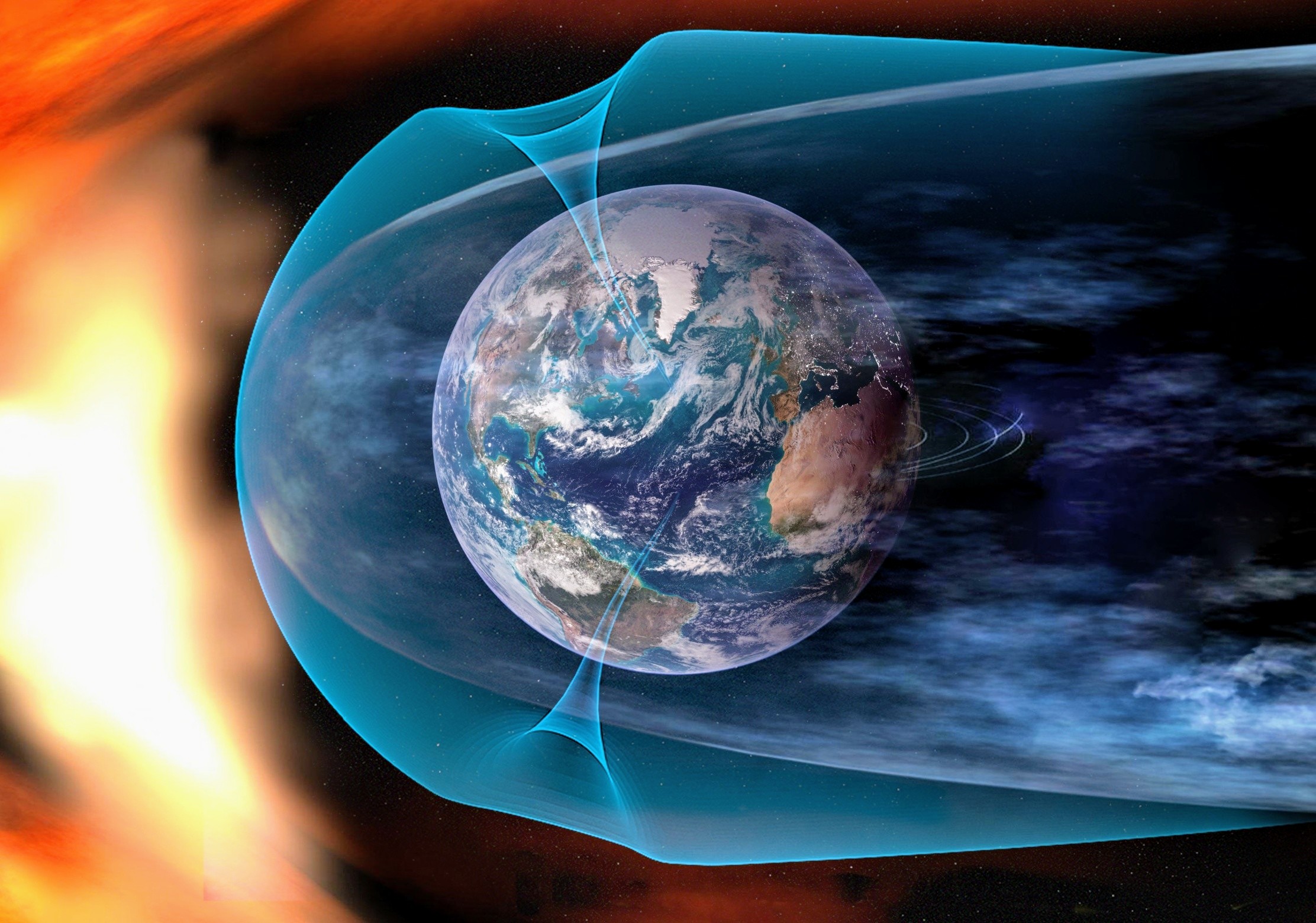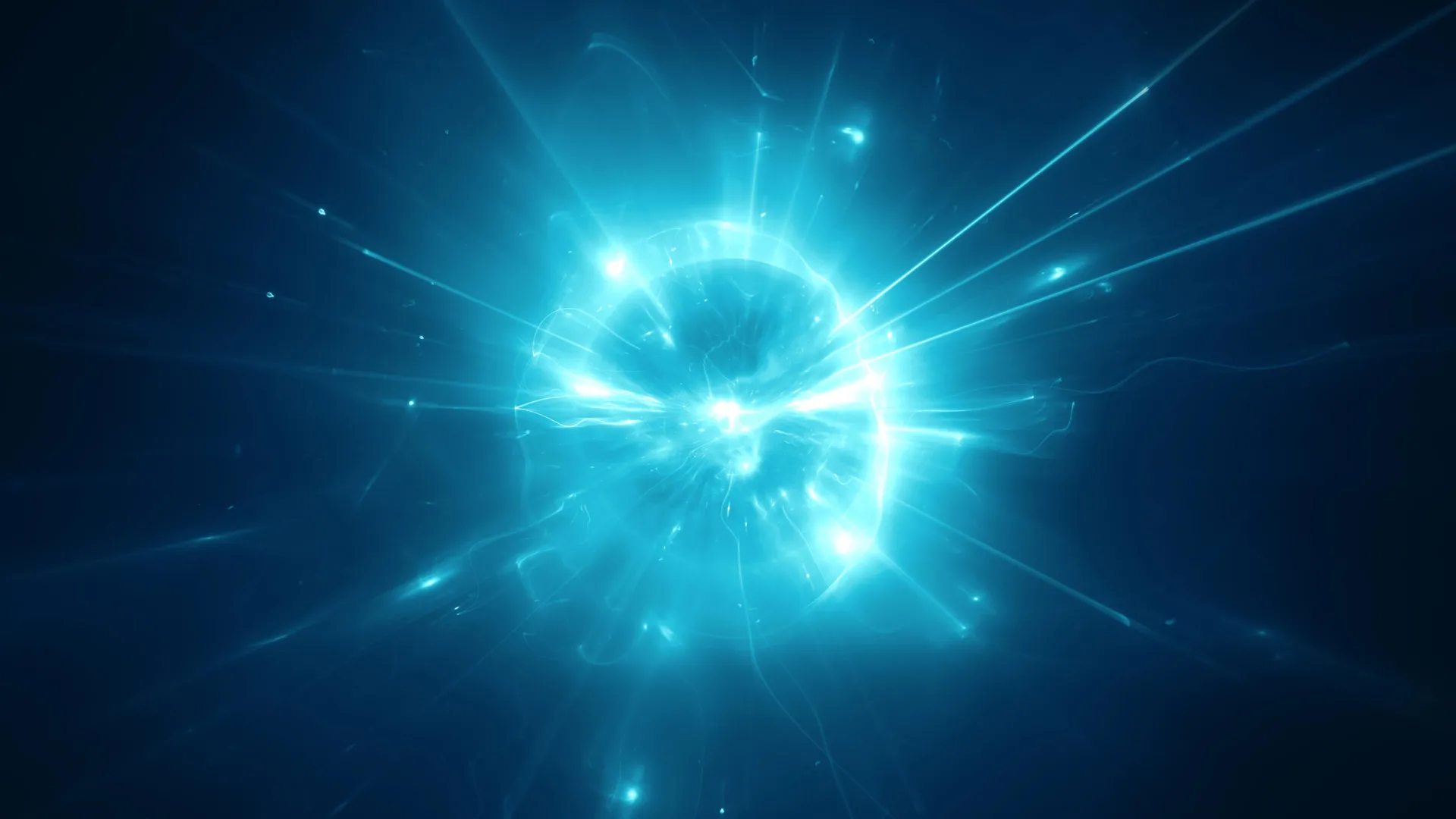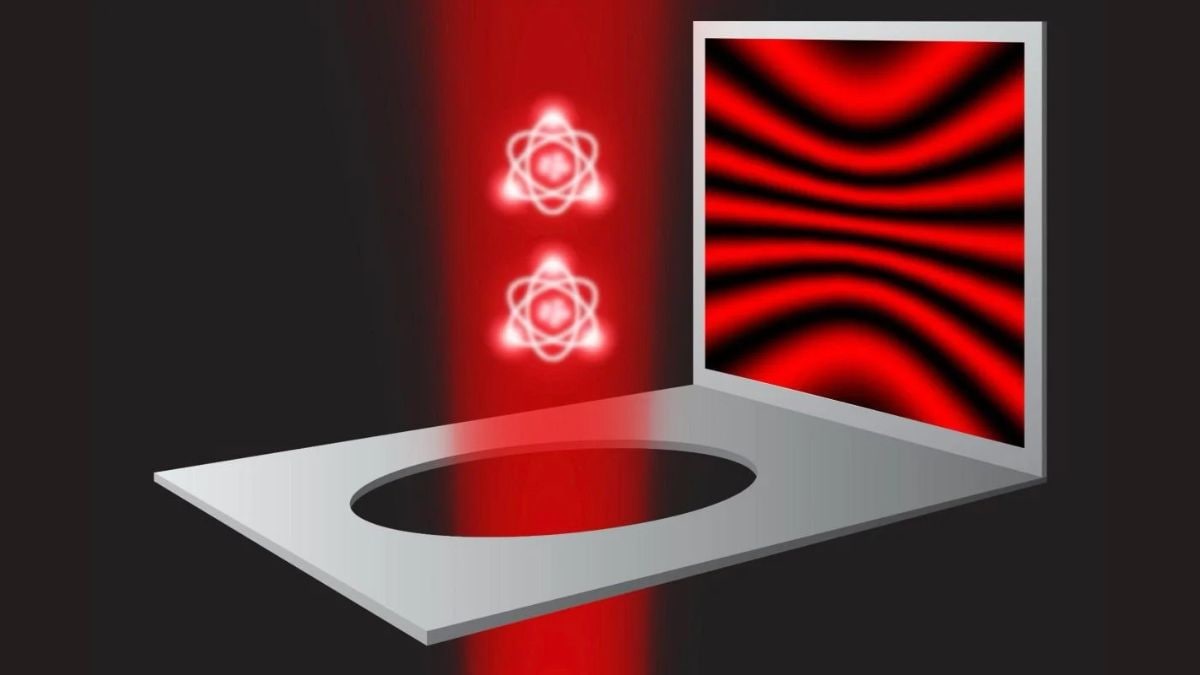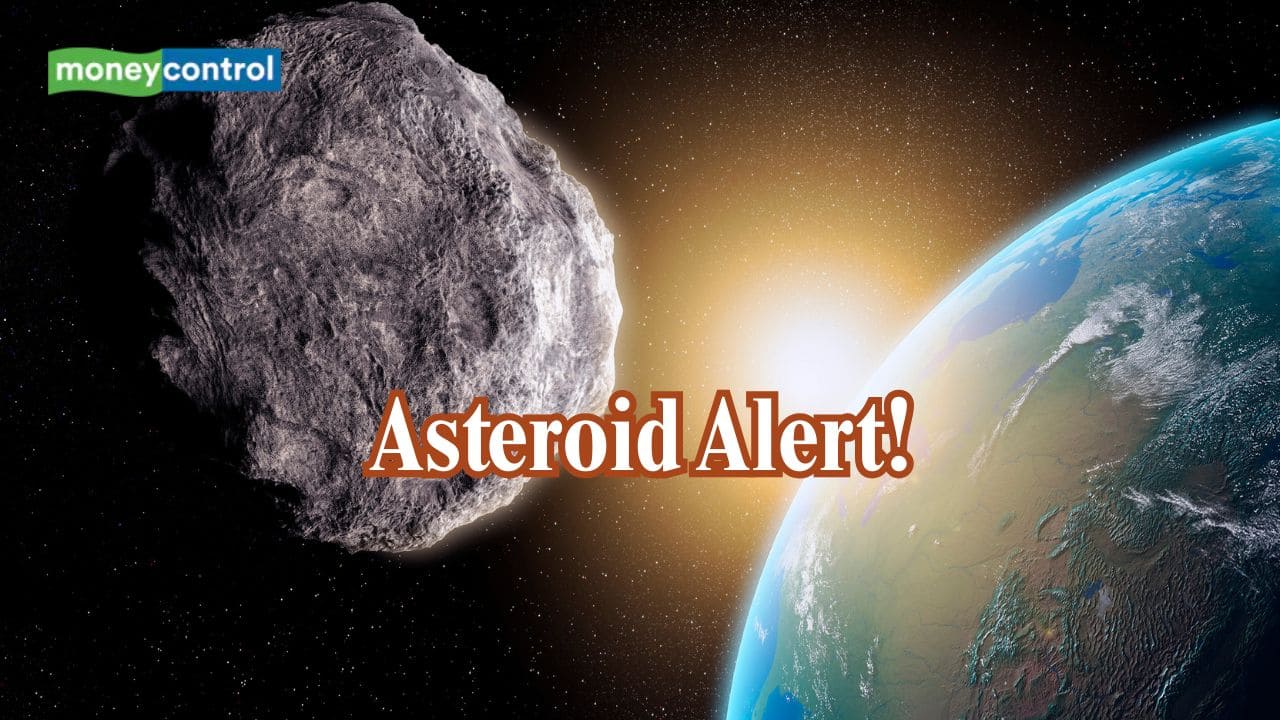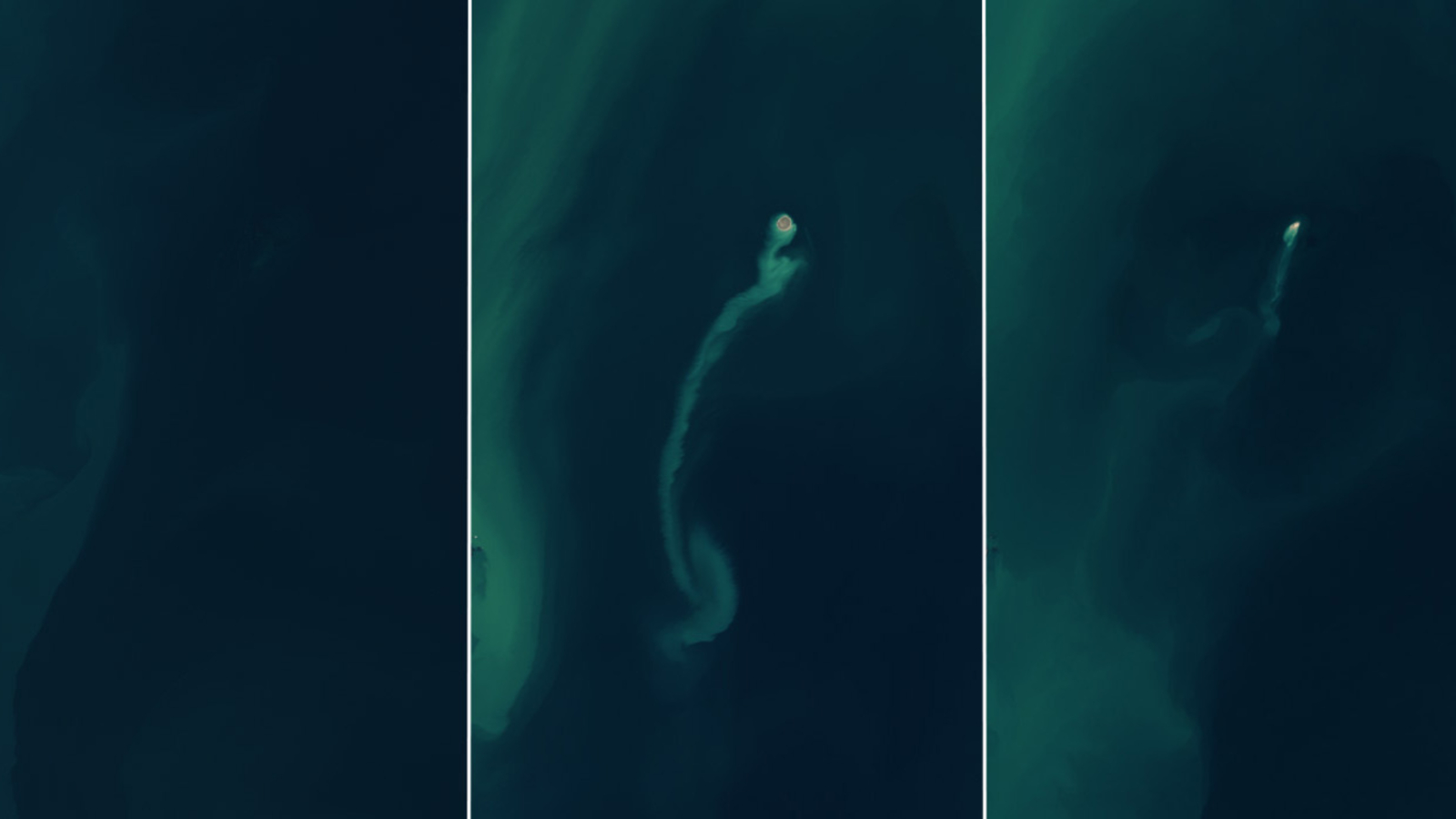Is There a Hidden Planet Lurking in Our Solar System? Discover the Shocking Theories!
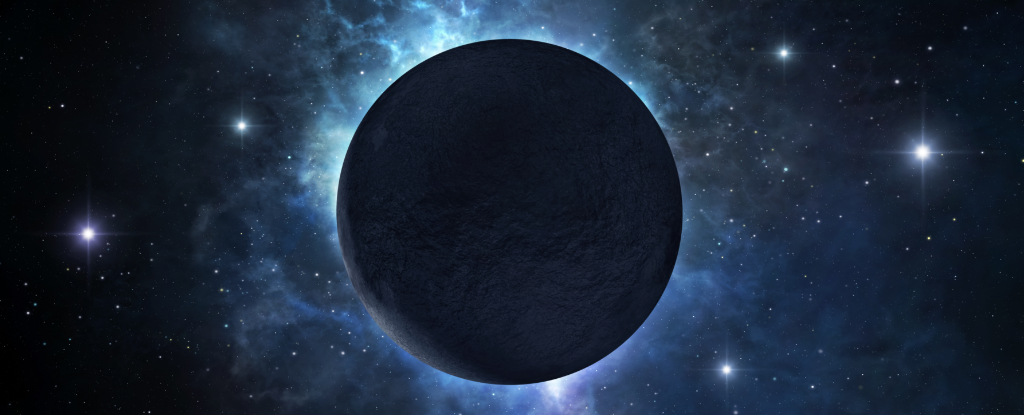
Have you ever wondered if there’s a colossal, undiscovered planet hiding at the far edges of our Solar System? This tantalizing question has captivated astronomers for decades, igniting imaginations long before Pluto was even on the radar!
Known as Planet X, the elusive orb has been a topic of speculation since the 1930s, originally proposed to explain the peculiar orbit of Uranus. That odd drift seemed to defy the laws of physics, and many believed that the gravity of a yet-to-be-discovered planet might be the key to uncovering the mystery.
Though the myth of Planet X lost traction with the recalibration of Neptune's mass in the 1990s, a new contender emerged in 2016, thanks to astronomers Konstantin Batygin and Mike Brown from Caltech (California Institute of Technology). Their groundbreaking theory revolves around the Kuiper Belt – a vast region sprinkled with dwarf planets, asteroids, and other celestial debris beyond Neptune, including the infamous Pluto.
As more trans-Neptunian objects were discovered, Batygin and Brown proposed that a mysterious gravitational force was tugging on these distant objects, causing their orbits to behave unpredictably. Imagine the way our Moon orbits the Earth; it’s held in its path by our planet's gravity, which also influences its motion in a delightful spiral dance. The theorized Planet Nine could exert similar gravitational effects on the distant bodies of the Kuiper Belt.
Initially met with skepticism, the Planet Nine theory has gained momentum, bolstered by increasingly advanced observational technology that reveals erratic orbits among Kuiper Belt objects. Brown confidently stated in 2024, “I think it is very unlikely that P9 does not exist. There are currently no other explanations for the effects that we see.”
In 2018, a new candidate for a dwarf planet, dubbed 2017 OF201, was discovered. Measuring in at about 700 km across (Earth is roughly 18 times larger), this curious object showed a highly elliptical orbit, fueling speculation that it might be under the gravitational influence of Planet Nine.
However, the plot thickens when we ask why this elusive planet remains unseen. Some astronomers argue that the available data from Kuiper Belt objects isn't conclusive enough to support the existence of a ninth planet. Alternative theories, such as the influence of a debris ring or even a small black hole, have emerged, further muddying the waters.
The biggest challenge? The outer Solar System has simply not been observed for a sufficient duration. Take 2017 OF201, for instance—it has an orbital period of approximately 24,000 years. To discern gravitational influences accurately, a planet needs several orbits to reveal any subtle changes.
Recent discoveries in the Kuiper Belt, like the 2023 KQ14 object found by the Subaru telescope in Hawaii, have added more layers to this cosmic conundrum. Classified as a “sednoid,” this object spends most of its time far from the Sun, far beyond the reach of Neptune's gravity. With an elliptical orbit that is more stable than 2017 OF201's, KQ14 suggests that any potential Planet Nine would likely have to reside more than 500 AU from the Sun, making it even tougher to spot.
While four sednoids have now been identified, all exhibiting stable orbits, the tantalizing possibility remains that a massive planet is lurking in the shadows, influencing the orbits of Kuiper Belt objects.
Nevertheless, the limitations of unmanned space travel present a daunting barrier. NASA's New Horizons spacecraft would take an estimated 118 years to reach a point where it could potentially detect Planet Nine. So for now, astronomers must rely on ground and space-based telescopes to unearth new celestial wonders, as our observational capabilities expand.
As we remain on the lookout for new asteroids and distant objects, the quest for knowledge about our Solar System continues unabated. Will we soon uncover what lies hidden in this vast cosmic expanse? Stay tuned, because the truth could be out there waiting to be revealed!










